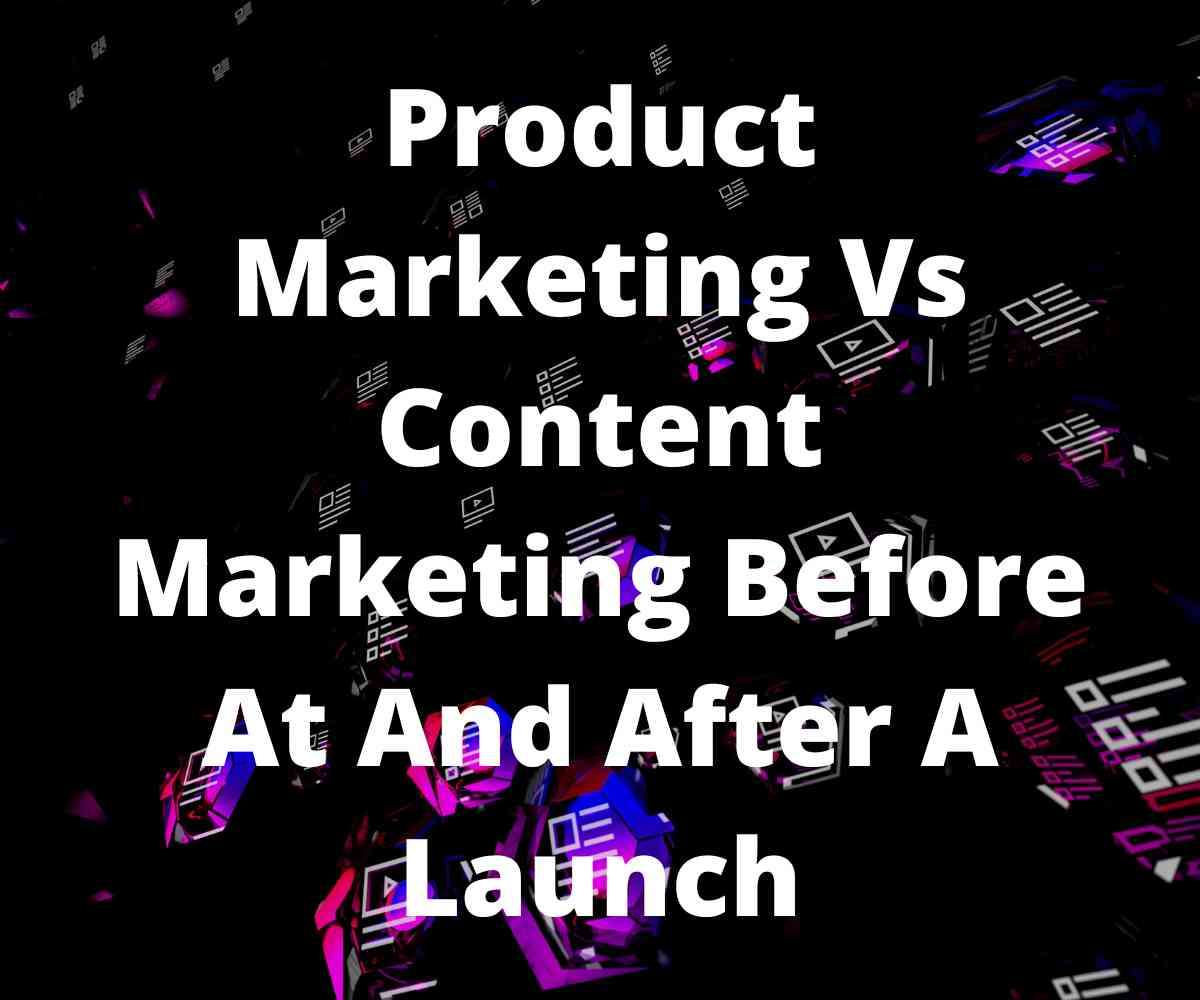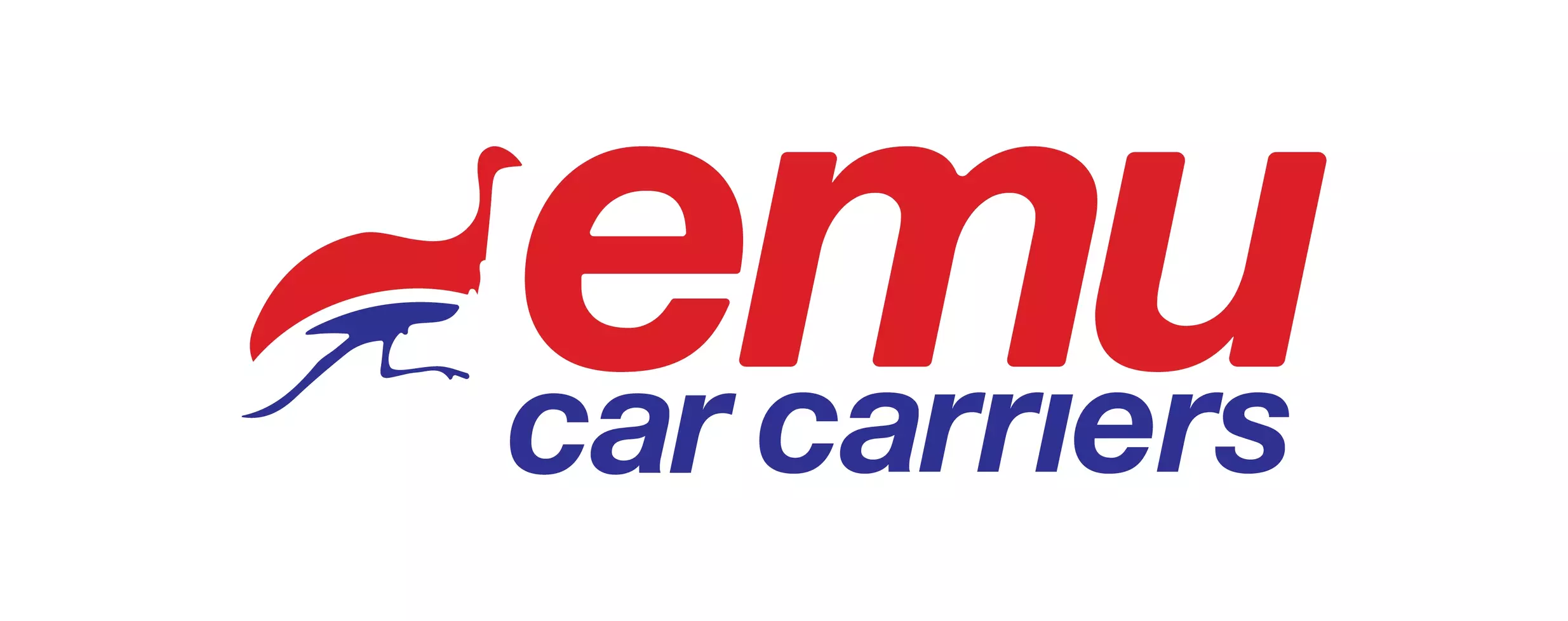
Product marketing vs. content marketing: Before, at, and after a launch
Building a product takes enormous time and resources, and marketing is the only key to success.
But you shouldn’t just jump into it without brainstorming the pathway to do so.
If you don’t know when and how to market your product, it can ruin your business entirely into failure.
There shouldn’t be any choice between product or content marketing; content marketing actions coexist with a strong product marketing strategy.
Both methods have specific user targeting techniques and lead generation variance, which can mislead the product launching event if not differentiated.
To understand the right marketing channel during the product launching phase, the intent of both product and content marketing needs to be understood.
With content marketing, you can build solid prospects or leads by building brand authority; product marketing does more than that to the customers.
It creates outbound leads through emails, sales, PPC ads, etc., targeted methods,
whereas content marketing builds the information trust within the customers through data, problem solutions, and brand values.
Also, product marketing creates a short-term impact through campaigns, coupon codes, etc.,
while content marketing regularly updates and builds website authority through content publishing.
Let’s understand their roles and responsibilities before, at, and after the product launch.
Product Marketing vs. Content Marketing: Before Product Launch
Product marketing goes ahead of content marketing by convincing the leads to purchase the product,
which demands more dedicated consumer research than any content marketing strategy.
It doesn’t undermine content marketing, which is essential to engage industry conversations and building the website with relevant and popular keywords and answers to customer problems.
With product marketing, you also include offline customer behavior and patterns in your marketing strategy,
creating more user personas and conducting interviews for in-depth market analysis.
To create a successful product marketing campaign, you need a strong product positioning statement, which can be created through these questions:
- - Who is your target customer?
- - What problems does your product solve?
- - How does it create a different experience from your competitors?
- - Why will the target customer buy your product and not other ones?
Accurate answers to these questions help workable frame product messaging and customer-focused content ideas for future phases.
Product Marketing vs. Content Marketing: At Product Launch
To get quick attention at your product launch, product marketing strategies offer quick results, unlike content marketing,
where you need months of engagement to build a good brand value on search engine results pages.
Social media promotions, targeted ads, and offline customer outreach through the sales team are some tested tactics for a good product launch buzz.
Content marketing efforts provide great leads the sales outreach team can gather,
and those loyal social media followers and newsletter signups become the target market.
This helps create a warm connection rather than cold emails, improving conversions.
Along with the content leads, sales leads will not expect answers they can quickly get through Google searches.
The salespeople need to build sales enablement assets like sales decks and spec sheets,
which provide good customer communication details for effective sales.
Also, the collected sales materials should be distinct from content marketing material.
With an already loyal customer base, you can create a good return on investment for your product launch.
Only high-quality content can build substantial organic traffic, and marketers create similar product sales material for distribution.
This is a low-return practice, which may even backfire.
Content marketing leads differ from product marketing leads because of the prior one targets customers who already trust your brand’s value and expertise.
Product marketing leads have enormous potential to build a new customer base, not through content,
but through ways that answer their purchasing doubts and queries.
Product Marketing vs. Content Marketing: After Product Launch
This product launch phase comes when prospects have already purchased, and it’s time for content marketing to play its game.
But, it has a unique audience and scope of product performance, where onboarding of customers happens.
For this, you must set up onboarding outreach emails and in-app messaging strategies that introduce the right features to the right customer problem.
After incorporating your product completely into your customer’s workflows, you can reduce the communications rather than altogether dropping it off as you need to update them with the new updates and features of the product, which also shows them that the company values their feedback.
You need to bring innovation to your product marketing efforts by conducting customer surveys online,
which allows you to track new messaging angles and areas for the onboarding process.
Also, including testimonials of the onboarded customers into your content marketing strategy helps build adequate case studies and proves lead nurturing.
Along with this, you also need to reduce your customer drop-off rate, which can be induced with different product marketing efforts such as coupon offers,
sale discounts, individual outreach, text messages, etc.,
for highlighting product features specific to the user’s jobs to be done and re-win their trust.
Conclusion
With this, we can conclude that the first step to successful product launch marketing is a robust and tested marketing strategy,
including a dynamic mixture of content and product marketing efforts.
The content marketing efforts measure the top-of-funnel customers, while product marketing is aimed towards the bottom-funnel users,
which makes it easy to use them together for the best product launch plan. To balance it out, don’t overdo the top-funnel content,
as it may overwhelm the sales and bottom-funnel campaigns, which should help customers navigate toward why your product is a good fit as their solution.
This way, the product and content marketing materials can help build valuable marketing assets, which can impact the audience to buy your product.
To ensure this, you need to maintain the balance between each approach and allow one to take advantage of another if it helps build sales.

Local Business Listing
Get a PagePromote your business to local customers.
digital marketing In Marketing
advantages of digital marketing
Added On (2023-08-16 01:23)
guide to building a high performing amazon ppc campaign
Added On (2023-03-28 01:41)
what is real time marketing
Added On (2023-02-28 17:08)
product marketing vs content marketing before at and after a launch
Added On (2023-01-28 21:56)




